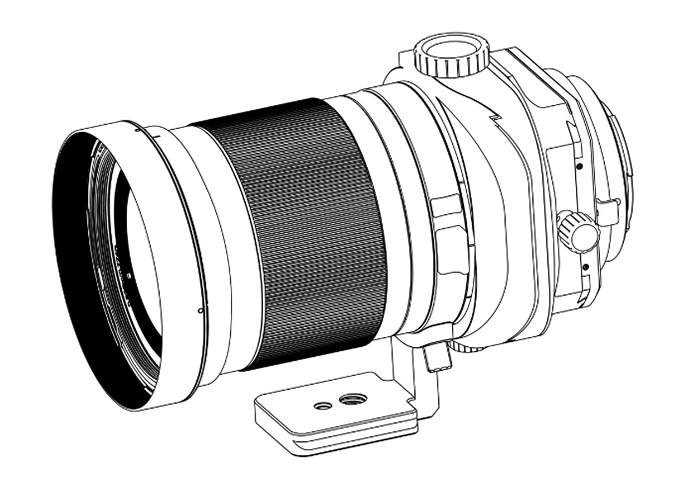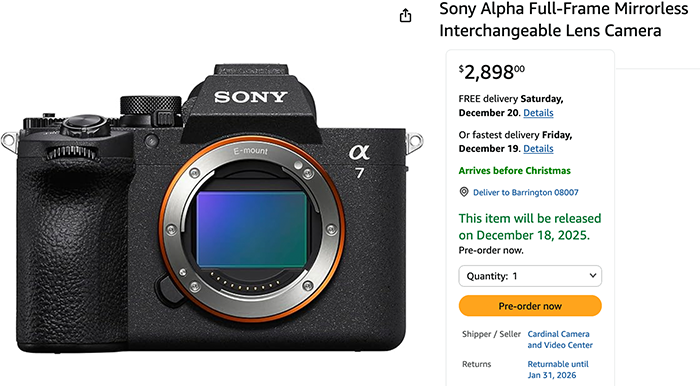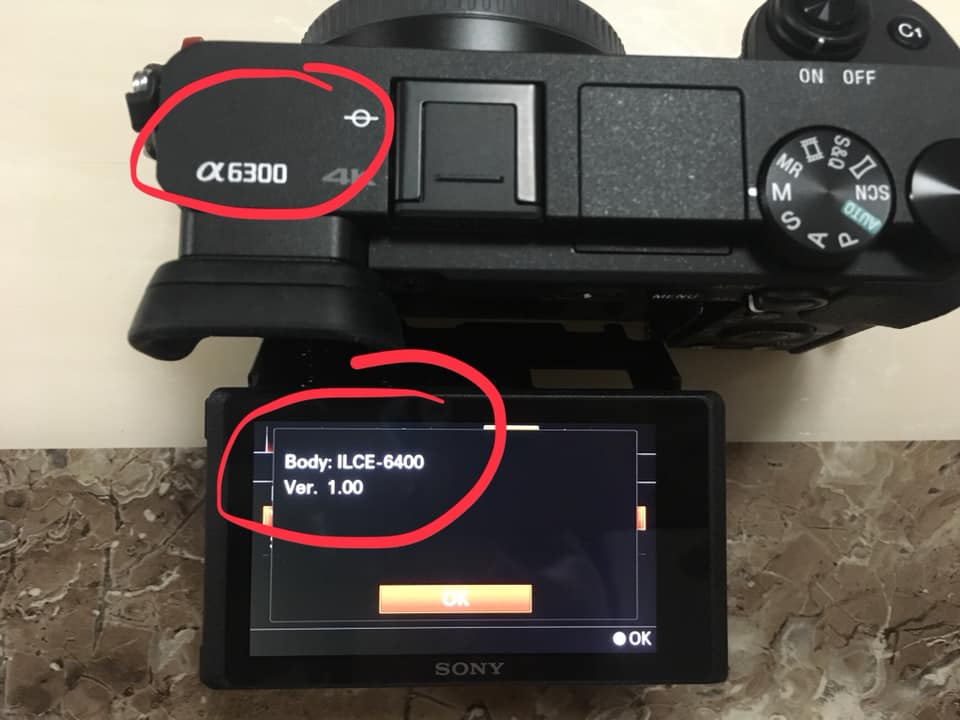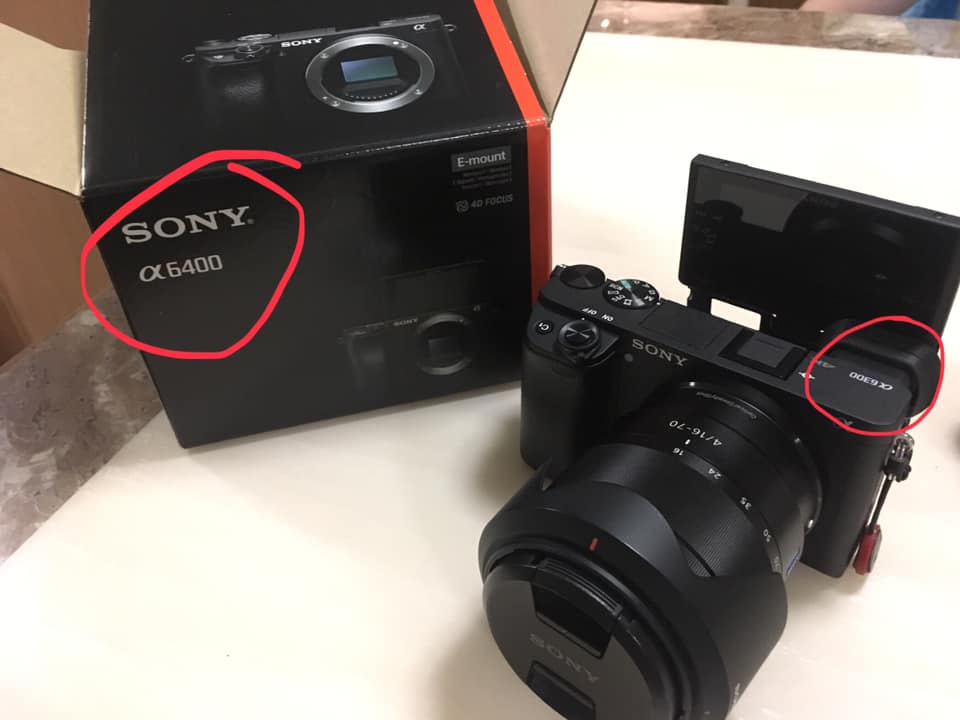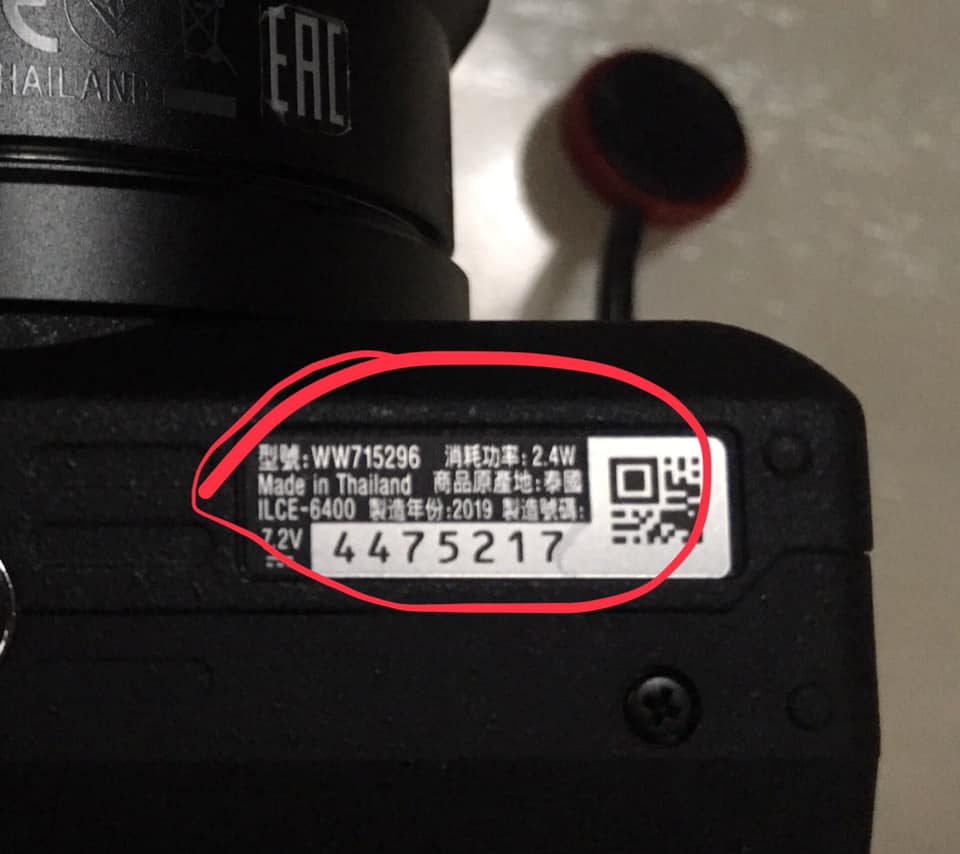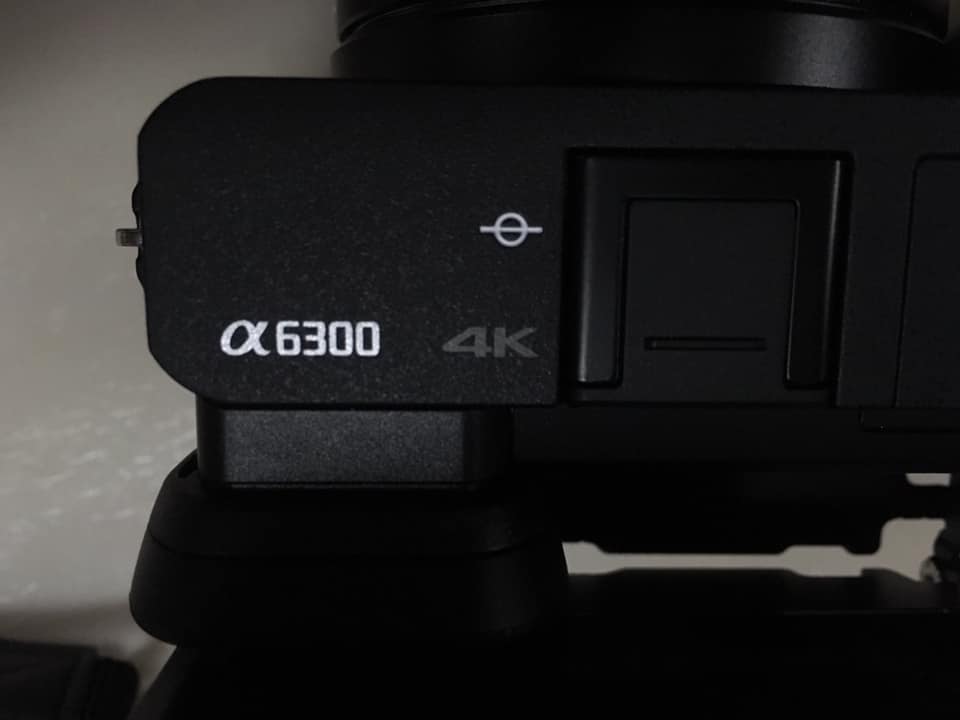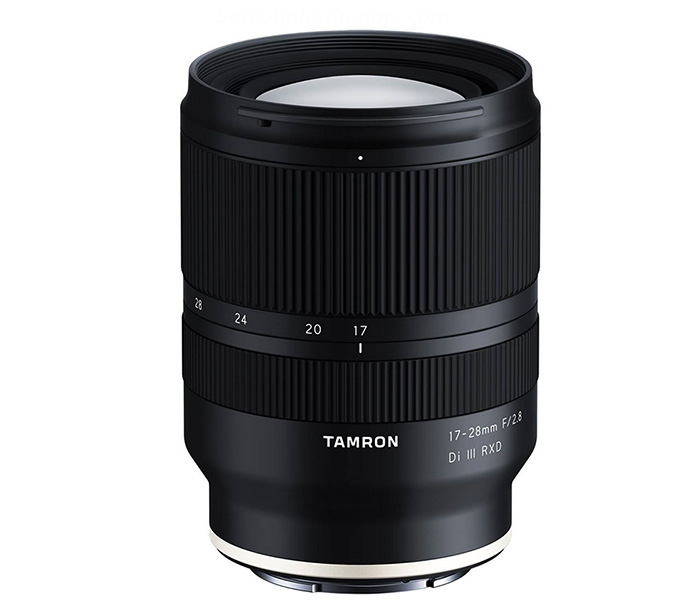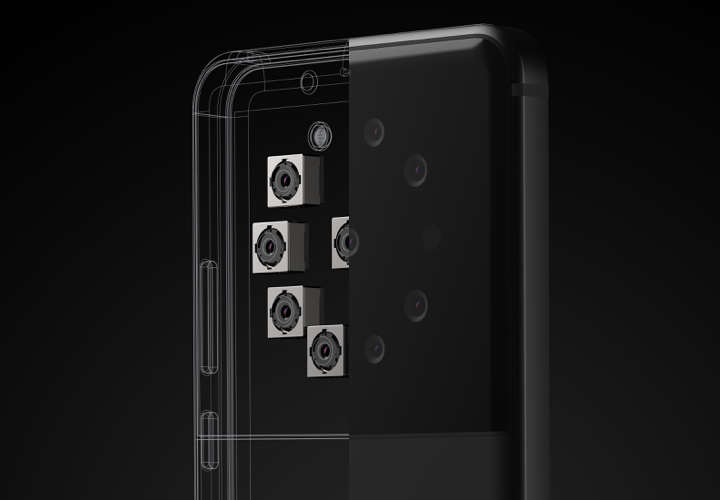
Steve Jobs once said that what this Light company is doing is very interesting. He saw a future in their concept of using multiple tiny cameras and computational power to create high quality images. Well now we know Sony sees a big potential in this idea too:
.
Light Announces Joint Development with Sony Semiconductors Solutions Corporation of Multi-Image Sensor Solutions Reference Designs
SAN FRANCISCO, Feb. 21, 2019 (GLOBE NEWSWIRE) — Light, the leader in advanced computational imaging announces the agreement with Sony Semiconductor Solutions, the leader in the Image Sensor industry to jointly work on development and marketing of multi-image sensor solutions.
The agreement allows Light to use and recommend to its customers and partners, Sony’s image sensors built in Light’s computational imaging solutions and reference designs. These new reference designs combine Light’s multi-camera technology together with Sony’s image sensors to create new multi-camera applications and solutions beginning with the introduction of smartphones containing four or more cameras.
“Sony is the recognized quality and market share leader in image sensors and we are thrilled to partner with them,” said Dave Grannan, CEO and co-founder, Light. “We are entering an entirely new era of intelligent imaging applications that will transform smartphones, autonomous vehicles, and security systems. With Sony’s world-class image sensors, we can introduce new innovations in the multi-camera imaging space.”
“We are excited to be working with Light and driving multi-sensor-based products and solutions into the market,” said Hank Ochi, president of Component Solutions Business Division, Sony Electronics Inc. “Light and its technology are transforming how devices see the world. This new partnership will allow us to work together to evolve and speed up the design of today’s multi-image sensor enabled connected devices. Starting today, our jointly developed reference designs will help our smartphone OEMs to quickly and easily enhance the imaging capability of multi-camera enabled smartphones.”
For more information, please visit https://light.co/.
—
About Light
Light is forever changing how our devices see the world. Powered by sophisticated computational software and intelligent processing power, Light delivers high-quality, multi-camera imaging at cost-effective, global scale. Light’s first product, the award-winning L16 Camera, pushed the boundaries of computational imaging and eliminated the quality or convenience dilemma that has plagued photographers for a century. Light’s compact hardware and imaging software are licensed for use in applications like smartphones and beyond. To learn more about Light, visit light.co.
